Potty training a puppy can be both a rewarding and challenging experience. One of the most commonly recommended tools for potty training is the crate, which may not always be feasible for everyone. So, how can you potty train your puppy without using a crate?
Not every dog owner owns a crate or is a fan of it. Some do not want to spend so much money on buying it. A few have no luxury of space at home to accommodate its bulkiness. Others simply dislike the thought of it being a cage for their puppies.
Whatever your reason is, potty training your puppy without a crate is possible.
In this blog post, let’s explore the ways to crate-free potty training.

BLUETREE 2 Pack Dog Doorbells Premium Quality Training Potty Great Dog Bells Adjustable Door Bell Dog Bells for Potty Training Your Puppy The Easy Way - 7 Extra Large Loud 1.4 DoorBells
View on Amazon
Amazon Basics Dog and Puppy Pee Pads with Leak-Proof Quick-Dry Design for Potty Training, Standard Absorbency, Regular Size, 22 x 22 Inches, Pack of 150, Blue & White
View on Amazon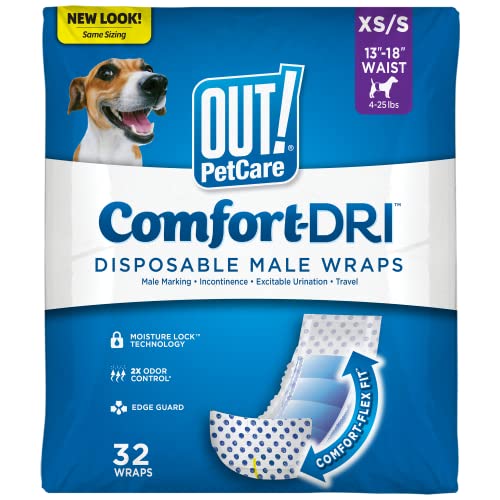
OUT! PetCare Disposable Dog Diapers Male, Puppy Belly Band, Potty Training, Doggie Diapers, Belly Bands for Male Dogs, Puppy Training, Incontinence, (XS/S, 32ct)
View on Amazon
Arm & Hammer Dog Pooper Scooper Swivel Bin & Rake, Poop Scoop for Dogs, Black (2 Heavy Duty Scented Waste Bags Included)
View on Amazon
Outdoor Odor Eliminator for Pets, Dogs, Ideal for Artificial Grass & Patio (32 oz Hose End Sprayer)
View on AmazonDo You Need A Crate To Potty Train A Puppy?
Crates are highly valued house training tools when teaching your puppies how to potty in the right spot. Crate training your pup is one effective way to potty train them.
However, without a crate, you can still potty train your puppies with the aid of other crate-free potty training alternatives and with your diligence, consistency, and patience.
Despite the many tried and tested ways of doing potty training, more people around the world are now focusing more on crate-free potty training.
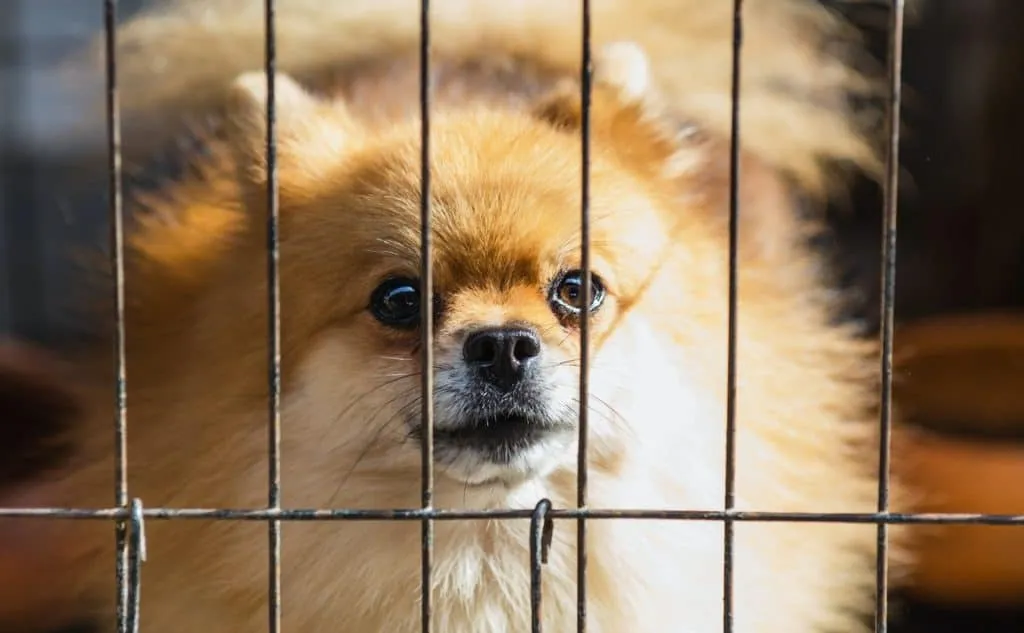
Why Should You Learn To Potty Train Without A Crate?
Recently, crates have been in the fad as part of a dog owner’s basic pet starter kit. They are often advertised as a piece of transport equipment and as the mainstream end-all and be-all puppy training tool.
Some pet owners have been totally dependent on the use of a crate without even exerting effort in trying out the other less-restrictive methods.
Just because it may seem like an easy way of house training your dogs without much supervision does not necessarily mean that crate training is best for everyone.
Many people find crate training unethical as dogs get scared and stressed out. Some pets fall ill when locked up inside for an extended period of time.
The crate method of house training may traumatize your dogs because it affects their sense of security and normal instinctive habits. Hence, other people resorted to potty training their dogs without a crate.
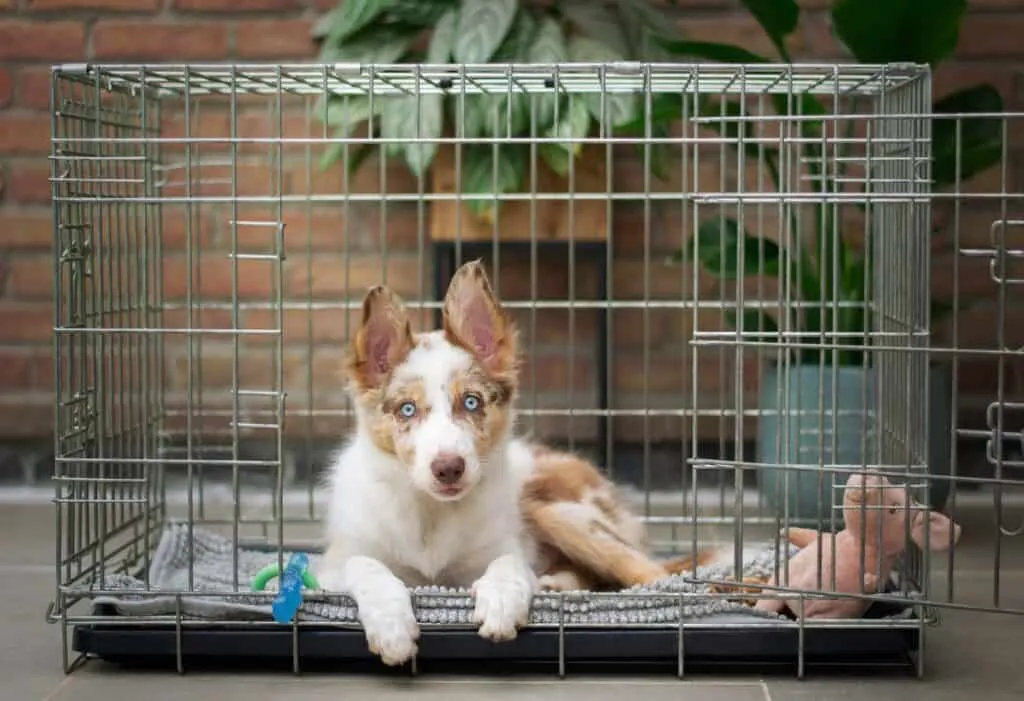
Potty training without a crate has many advantages.
Convenience
You do not have to worry whenever this training tool is not around. With or without it, your dog is house-trained to behave well.
Economical
Also, you avoid spending a lot of money and not be tempted to buy a cheap one that easily breaks, just for the sake of getting one.
Free Space
Additionally, not using a crate will not take up so much space from your house, nor can it ruin your home’s overall interior design.
Bonding Time
Most importantly, you get to spend more time with your pup. You can enjoy more bonding time when your puppy is crate-free and walking beside you.
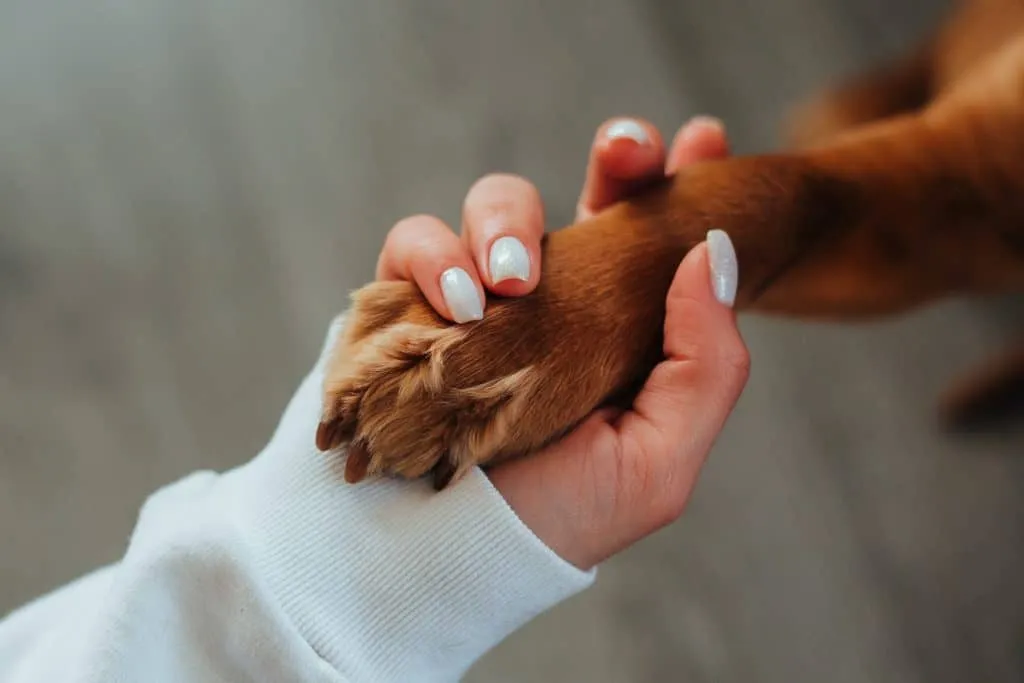
Steps For Crate-Free Dog Potty Training
Basically, you have two options in potty training your puppy without a crate. One is to train your puppy to relieve himself outdoors. The other one is to get your dogs to use puppy pads inside your home and then transition them to the outdoors.
Here are our helpful tips on how to potty train your dog without any restrictive equipment.
Step 1: Learn The Potty Cues
You have to observe your puppy and watch out for the signs that you need to take her outside or go to the bathroom to eliminate. The common ones are when your dog kicks or scratches the door, sniffs the floor, circles in place, whimpers, barks, wiggles, or suddenly takes off to another area.
This step requires more supervision. And when you see your dog doing this, immediately take him outside.
Sometimes though, there are no warning signs that your dog needs to go outside. He will just squat and pee or poop right then and there.
Do not panic because you can train your dog to know some “potty cues” by showing him how to signal if he needs to do his business outdoors. This will help him associate the feeling of peeing or pooping with being outside of your home.
Have your puppy sit by the door. When he barks or stares at the doorknob, it means he needs to go outside. Open the door and let your dog out.
You may also place a rug by the door and train him to let you know he needs to go out by sitting on the rug. When he does, allow him to go out and excrete his waste. Taking your dog outside works when you are not into pee pad training
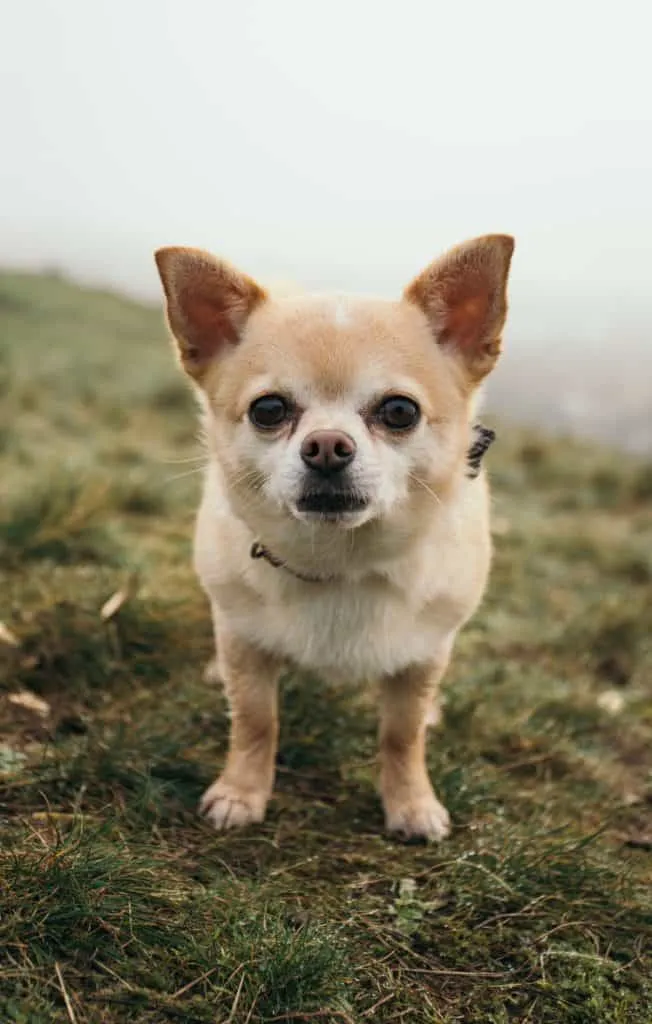
Make sure to give your puppy praise and treats every time he behaves correctly and does not have accidents inside the home.
Bell training your puppy would also help.
Using a bell is another good alternative tool for training your puppy without using a crate. In this type of dog training, your puppy learns to ring a bell every time he wants you to take him outside.
Decide what word you’re going to use for his elimination. You can call it “out,” “yard,” “pad,” or any word that you find comfortable. Just be consistent in using it.
Step 2: Designate A Potty Area
Set a specific area in your backyard where you want your puppy to relieve himself and lead him out to that portion. While he is doing this, he needs supervision, so stay with him and wait for your pup to finish his business.
Take your puppy regularly to that same spot. It will help him quickly associate that it is his disposal place. That is what he is looking for when he is sniffing the floor.
Keep repeating this process until your pup gets fully acclimated to his disposal area and catches on to the potty routine.
On the other hand, if it is not possible for you to frequently take your puppy outside, then you must decide on an area inside the home. The bathroom or the laundry room is ideal, but make sure to remove any harmful items.
Cover the floor with pee pads to avoid the mess. Change the pee pads often, but retain a small piece of the soiled pad on top of the clean pad. The smell of that soiled pad will remind him of his toilet area. Once your puppy takes his bathroom breaks, remove the pads and replace them with new ones.
Inside the bathroom, you can also use an Artificial Grass Bathroom Mat as an indoor alternative to potty training your dog without a crate.
Always remember to reward your dog.
Give your pup treats and praises every time he does a good job of letting you know he needs to go to the bathroom.
Over time, transition your dog to potty outside by slowly transferring the pee pads to the new outdoor spot and teaching him the potty cues.
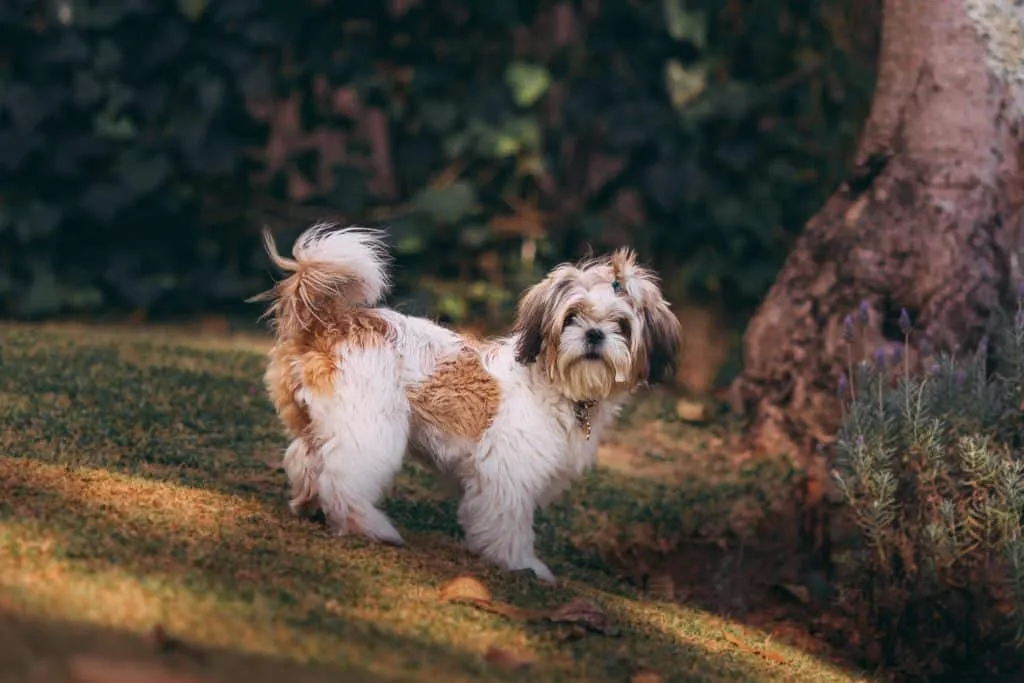
Step 3: Establish A Potty Schedule
Generally, puppies can hold their bladders for about an hour per month of age. That is why puppies tend to pee a lot. A good rule of thumb is that your puppy needs to excrete around 30 minutes after feeding or drinking water.
As you begin potty training, take your puppy outside every 1-2 hours during the day. Gradually adjust the intervals until you are on a consistent, suitable schedule. Surely, your puppy’s body clock will be configured for elimination during these routine times.
Other standard times to observe are the first thing every morning, after every nap, and every night before bedtime. Allow some time for him to go to the potty area and stay outside until he is done.
He may need to go more than once, sniff around, and familiarize himself with the environment to feel comfortable during his private moment.
Remember that when traveling, a house-trained puppy will most likely have accidents. To lessen these occurrences, keep your puppy’s schedule as consistent as possible. Right before you leave the house and immediately after you come home, give him lots of opportunities to empty his bladder or colon.
Alternatively, you can provide your dogs with a dog diaper like this one for male dogs and this one for female dogs . You can also bring toys to keep him preoccupied with an activity.
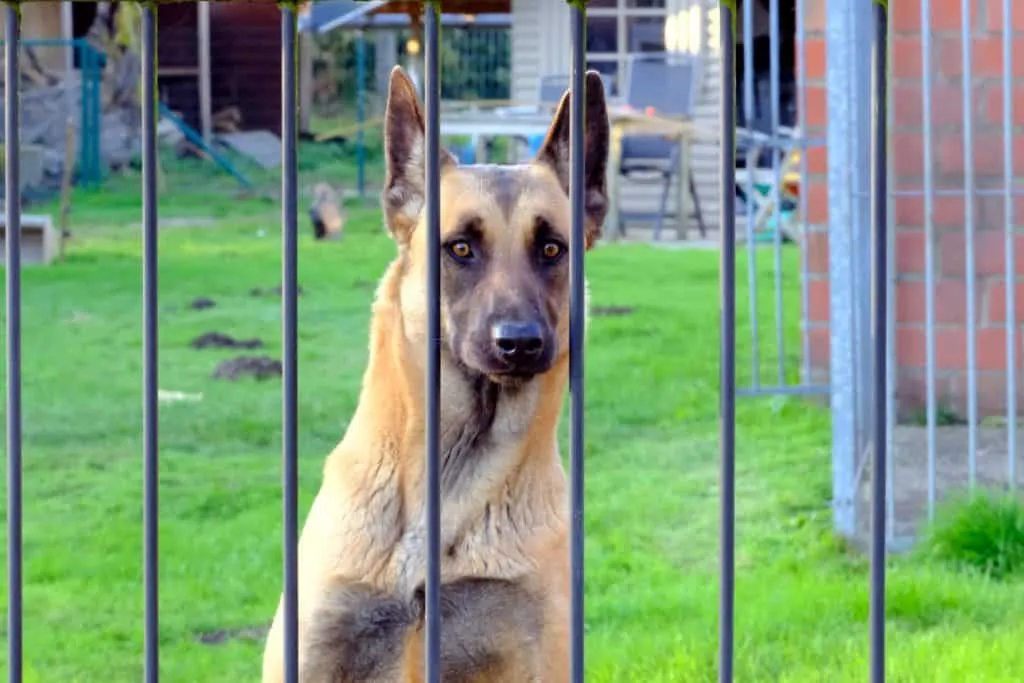
Step 4: Clean Up Immediately
After every indoor mishap, you need to clean the mess thoroughly. Aside from the obvious sanitary and health reasons, this is because dogs have the natural instinct to relieve themselves in the same place where they have peed or pooped before.
You can actually use this to your advantage, as mentioned above. When your puppy regularly eliminates a particular spot outside, he will keep going there and establish it as his toilet area. This designated potty spot should be away from his dog house and food or water bowls.
You do not want this method to turn against you when not corrected right away, as your puppy may get used to peeing or pooping near the sofa, on the carpet, or right in front of your house’s main entrance.
You can immediately clean up with a towel or toilet paper and then use antiseptics like soap, alcohol, or bleach. Pick up your dog’s waste with a Pooper Scooper and place them inside a pet’s waste bag. Immediately dispose of it properly.
You can also use products like this Outdoor Odor Eliminator for Pets . The scent of the spray is light for humans, but it prevents your puppy from repeatedly peeing on unwanted areas.
Step 5: Keep Calm And Stay Positive
As with any other training method, every time your dog does a good deed like eliminating in the right spot, reward him with treats, a belly rub, and verbal praises. Pet him and tell him that he is a good dog for a job well done. This will make peeing or pooping outside a positive experience.
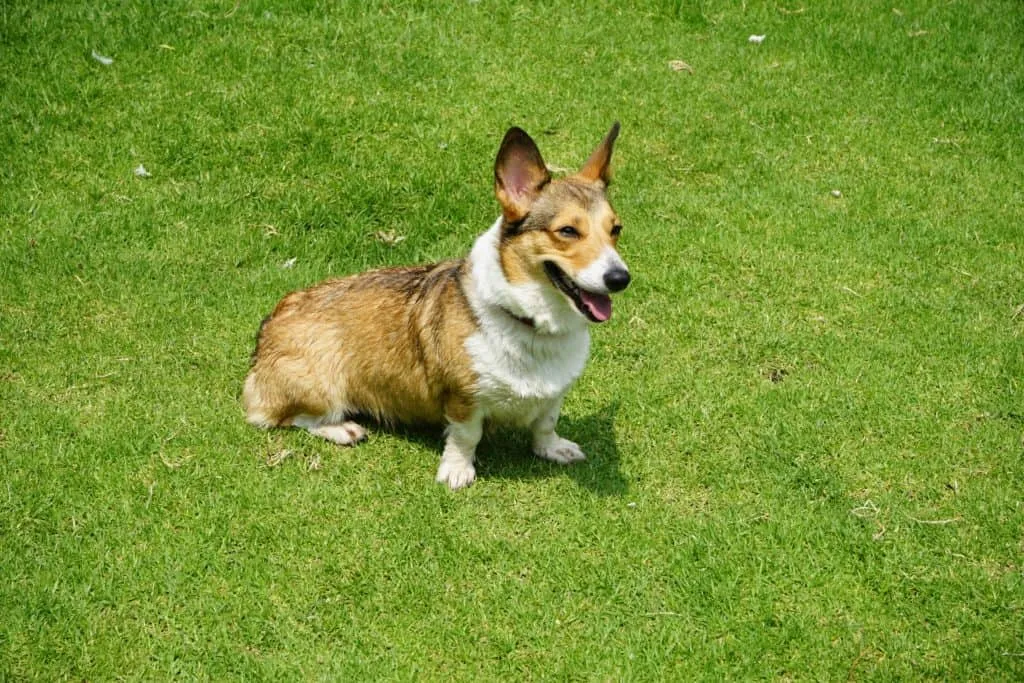
Remember that your pet wants to please you to get your attention and care. With positive reinforcement, patience, and understanding, he will begin to recognize what is acceptable to you.
Setbacks will naturally happen as your puppy is still young and adjusting to his life with you.
No to Punishment
Instead of getting frustrated or punishing him, take a deep breath and remind yourself that this stage is part of his growing-up years.
Getting angry at him may cause behavioral problems like sneaking off to other inappropriate areas where you cannot see him, or worse, health problems if he associates going to the toilet with a bad deed.
When you catch your puppy in the act of excreting in the wrong place, startle him with a loud noise or command him with a firm “No.” Then, immediately take him to the pee pad, bathroom, or the designated toilet area outside to finish his business.
By nature, each puppy is unique. Some may take longer than others to be potty trained. Just remain patient and trust the process. Accidents will gradually decrease as time passes by and as your puppy learns potty training.
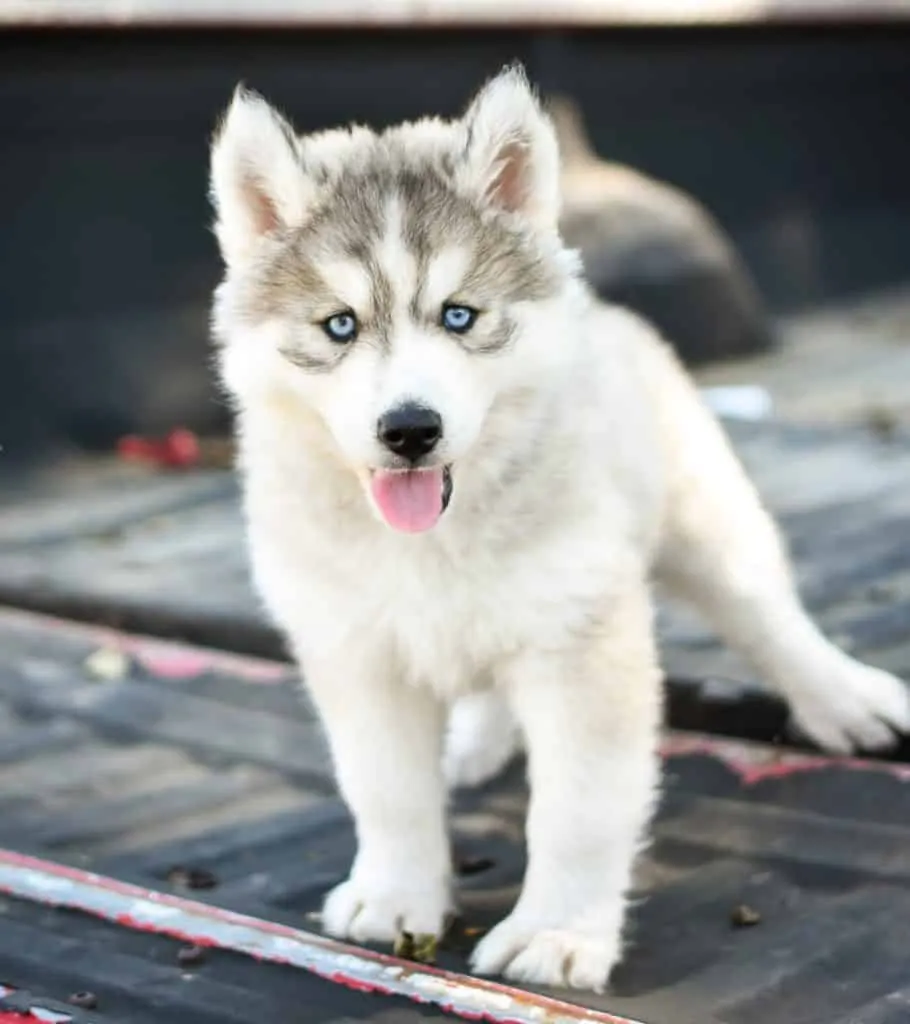
It’s All Worth It
Potty training a puppy is already a huge task for all dog owners. It takes a lot of time and commitment, more so doing it without crates. Nevertheless, a lot of patience, positive reinforcement, and consistency may earn you not just a well-behaved dog but the best dog ever!
Setting your mind to the end goal of having a harmonious relationship with your four-pawed best friend will definitely go a long way.
With our tips and step-by-step guide, you will have a crate-less, potty-trained puppy in no time.
Going back to the basic foundations of potty training and not simply relying on the crate says a lot about how much of a responsible and loving pet owner you are.